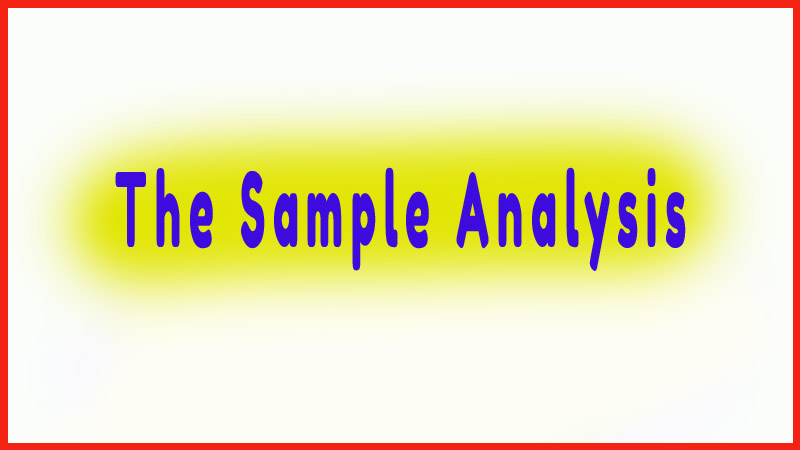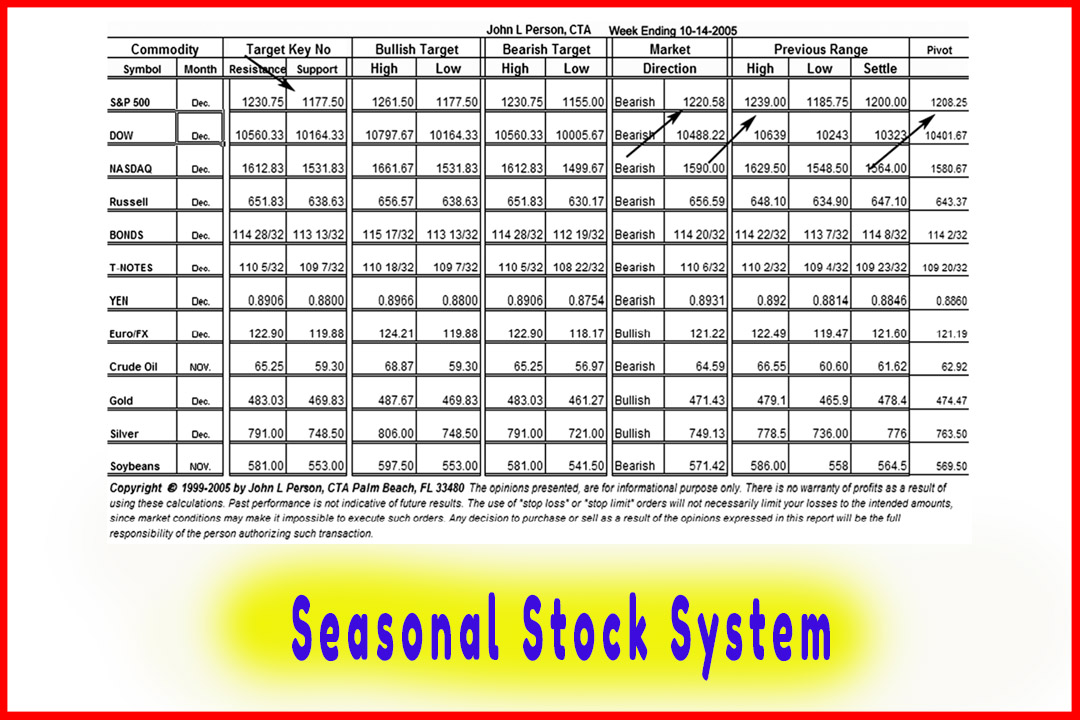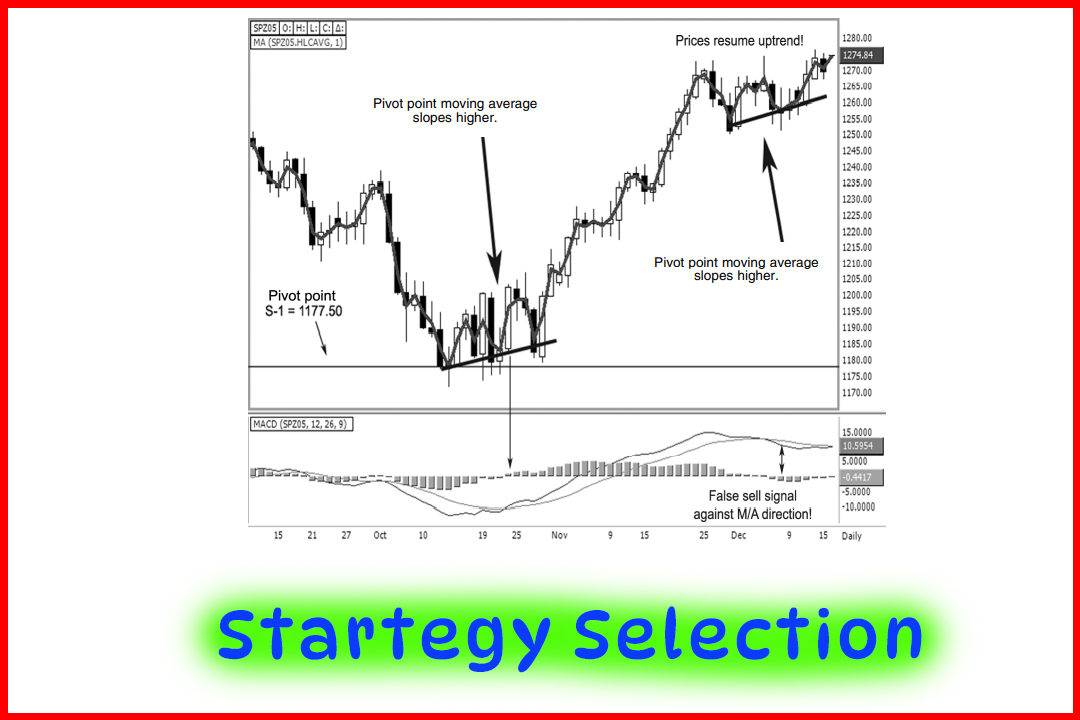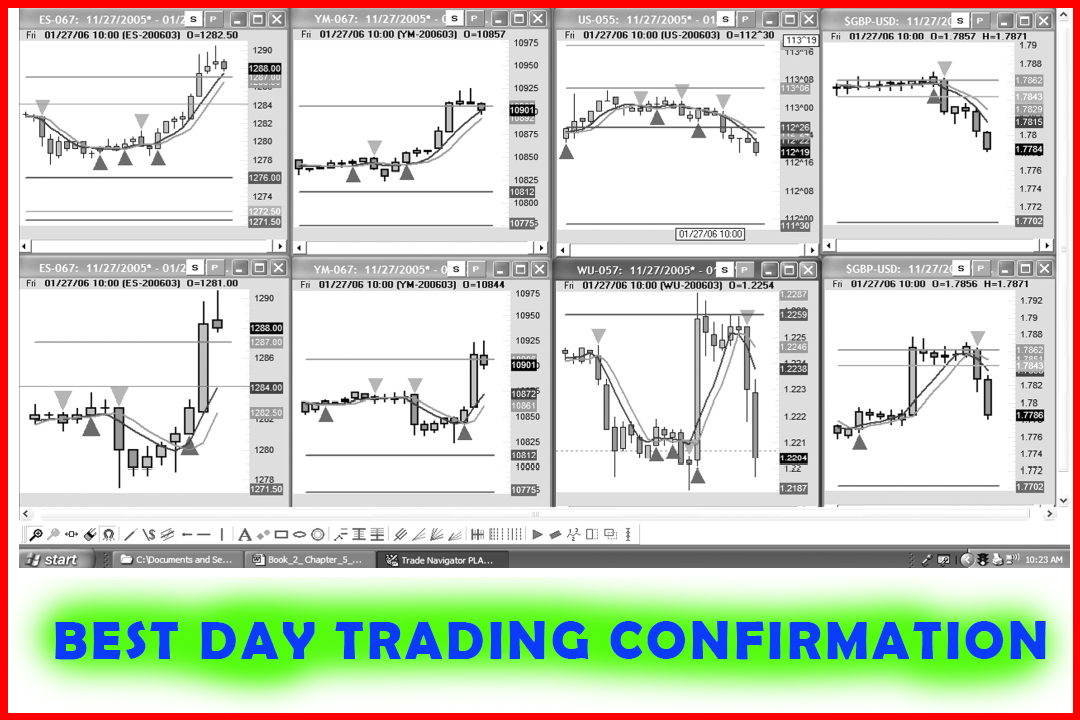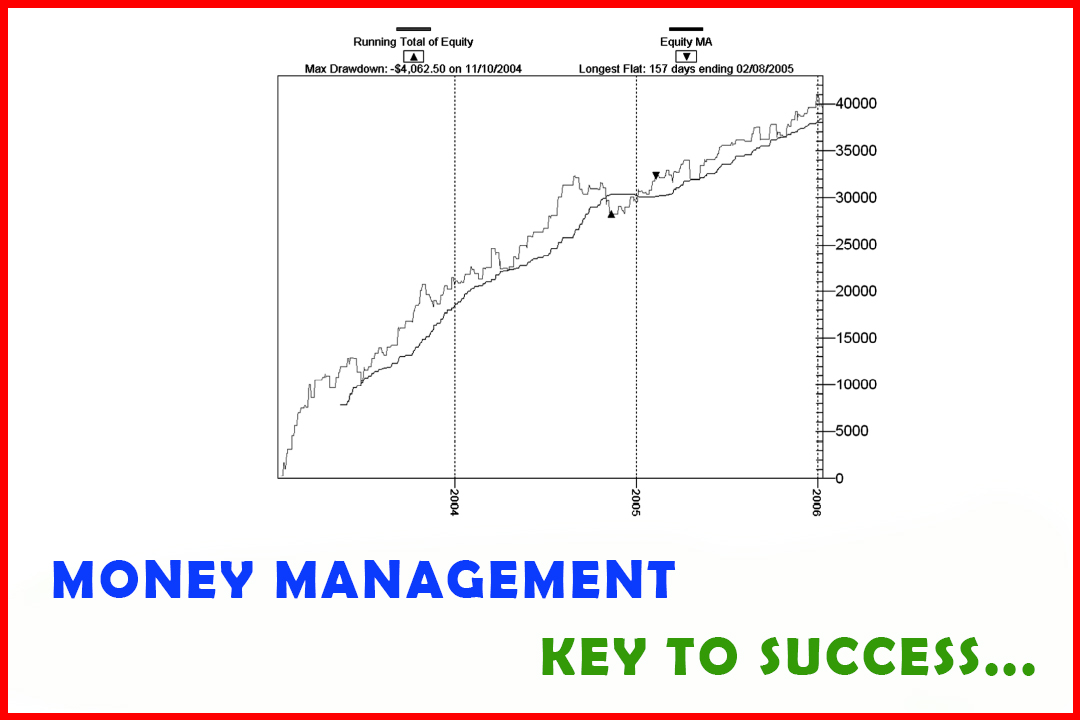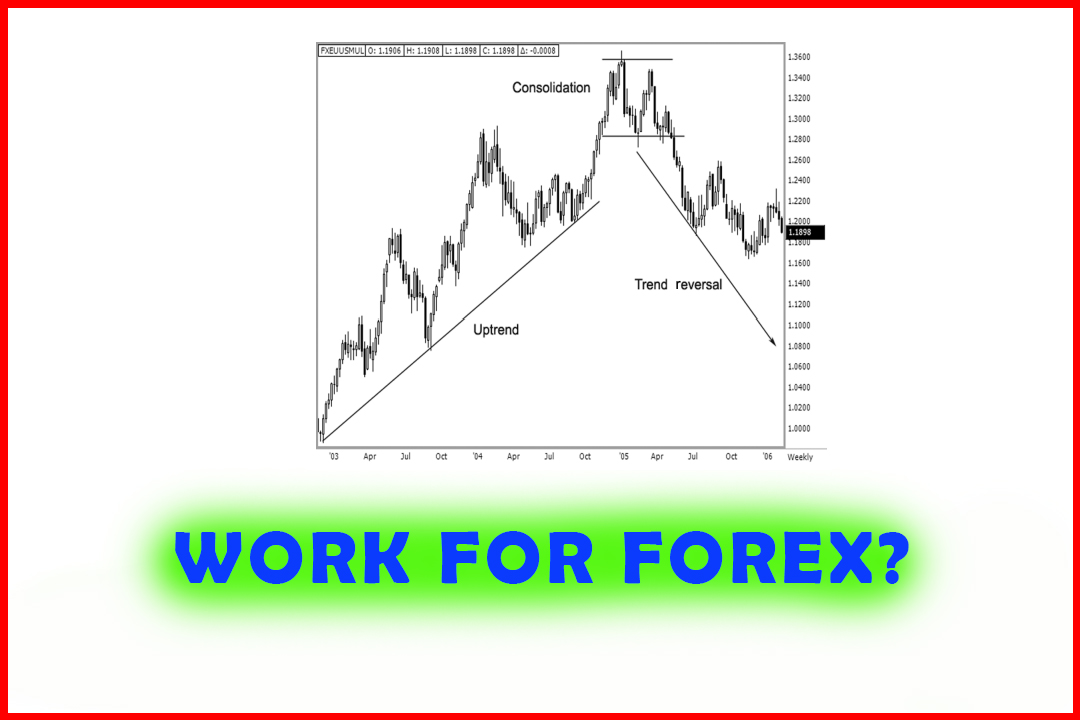Best Time to Trade
Best Session to trade, New York Session, London Session, Tokyo Session
Course: [ The Candlestick and Pivot Point Trading Triggers : Chapter 11. The Sample Analysis ]
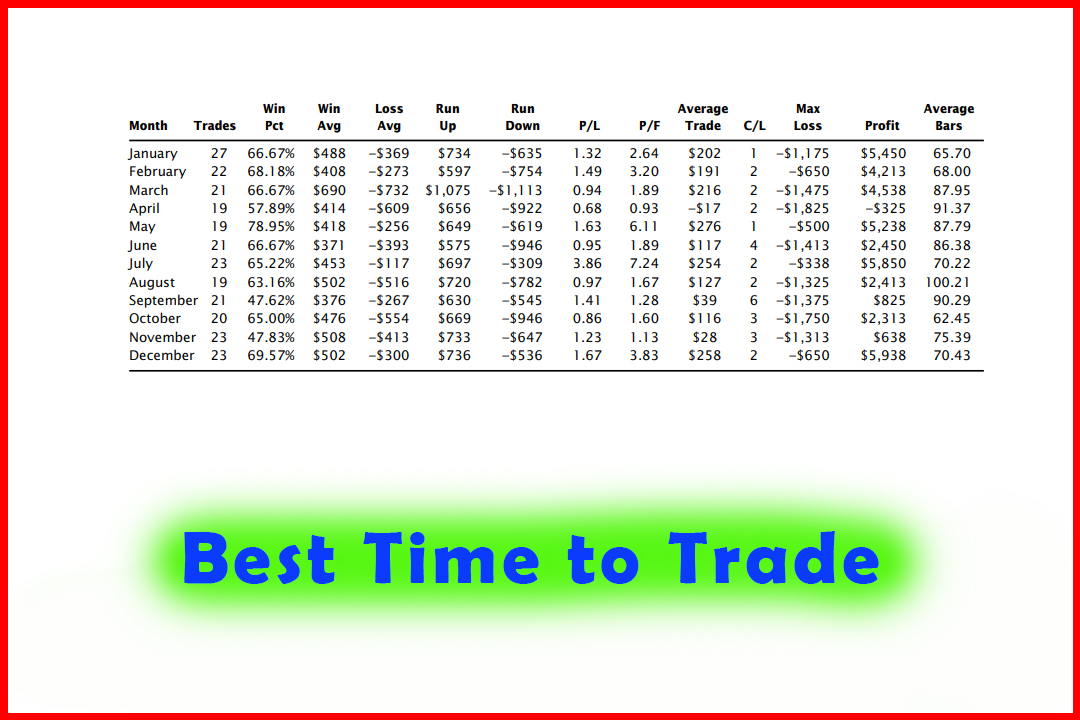
“When is the best or the worst time to trade?” From a simple yet elegant standpoint, the answer for day traders in equities is lunchtime. This is substantiated by volume levels generally declining during that time frame.
WHEN IS THE BEST TIME TO TRADE?
Remember
I stated in Chapter 1 that traders need to ask more questions? Well, the more
you learn, the more you know what to ask. As a systems trader, asking how a
system performs during different times of the year is a novel idea, especially
as seasonal forces can impact a market. Ask questions such as, “When is the
best or the worst time to trade?” From a simple yet elegant standpoint, the
answer for day traders in equities is lunchtime. This is substantiated by
volume levels generally declining during that time frame. Forex traders note
that trading activity is light from 10 p.m. (ET) until 1:30 a.m. (ET), as we
discussed in Chapter 1. What about on a weekly or monthly basis? When does our
system perform best?
By
tracking trading performance, as shown in Table 11.3, from a historical
perspective, we can form an opinion of when the system is at peak performance
or when the market we are trading is in sync with seasonal factors. There is
never a guarantee that past performance is indicative of future results, but we
can and do benefit from studying history. Without a doubt, I do not want to go
on a major tangent here; but we are trading in a new frontier environment. The
new age of technology has more people trading online, and more people are more computer
savvy. We have intricate globalization of our economy. Trading partners with
China and even India is not like what we had just five years ago. So with that
perspective, my opinion is that looking at seasonal tendencies of a market
starting from 2000 up through 2005 would not be a huge statistical event, but
it would be more relevant than a testing period in 1990 through 1995. With that
in mind, we ran a test, as the results show in Figure 11.6, to see which months
perform best with the “Defcon III model.”
Using the
Genesis Software product and asking the right questions (e.g., When is the best
time to trade?), I can get a reasonable answer. In fact, I wanted to know which
months are the best and which months are the worst in which to trade. Using the
Genesis Software, I can run backtests to see what the performance from a
seasonal perspective with the Defcon system looks like on a monthly performance
basis. Using a test period over the past three years, I am able to conclude
that April is a month to avoid trading! Based on a three-year average, this is
the month consistently delivers drawdowns. With that statistical
information, I have a slight edge in the market, as it relates to my system.
I can make a decision either to lower my contract sizes or to avoid trading
entirely. Figure 11.7 shows the yearly breakdown of the compiled results.
The more
statistics I have, the better prepared I am; and with that knowledge, I have
stacked the odds in my favor. This is the ultimate in trading tools and system
designs: being able to identify opportunities and discover the weakest link in my
chain of the trading systems.
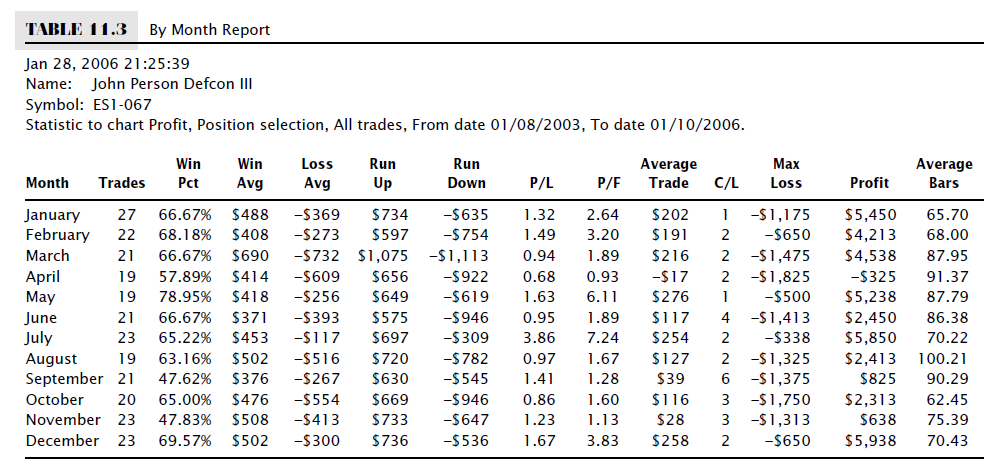
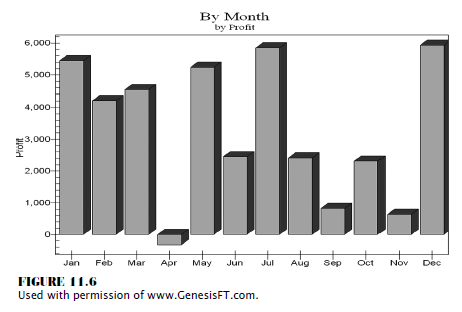
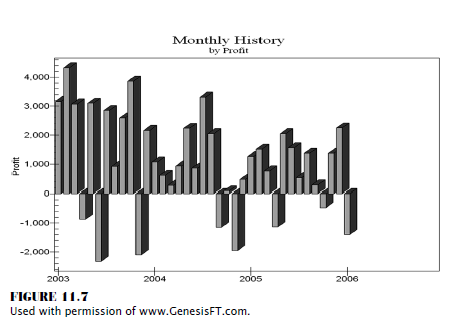
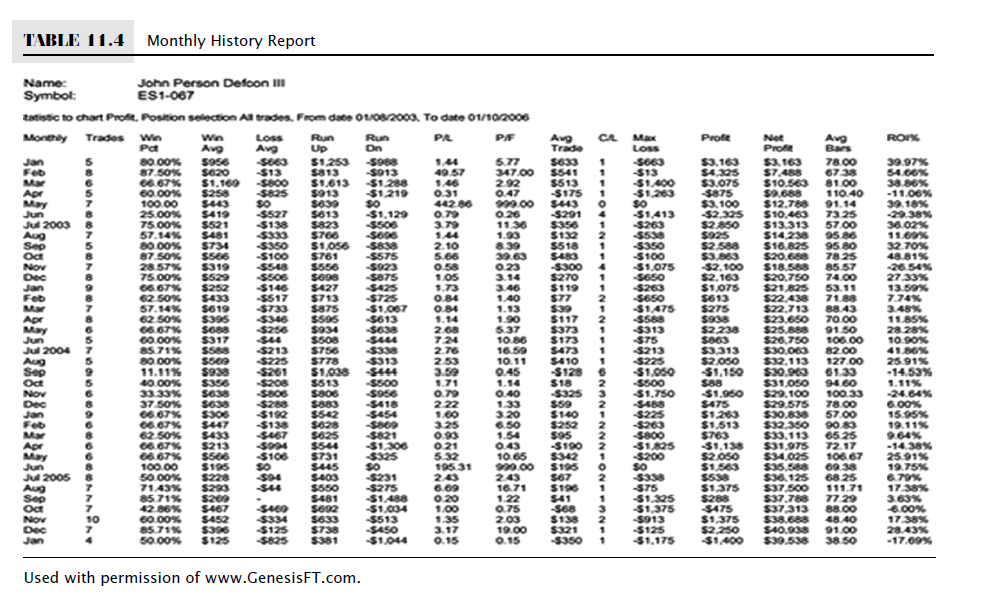
Table
11.4 dissects each month’s performance from the three-year test period which
really shows the poor seasonal performance made in the month of April for those
years back-tested.
The Candlestick and Pivot Point Trading Triggers : Chapter 11. The Sample Analysis : Tag: Candlestick Pattern Trading, Forex, Pivot Point : Best Session to trade, New York Session, London Session, Tokyo Session - Best Time to Trade

